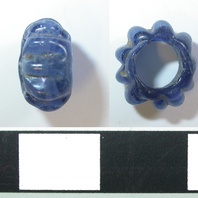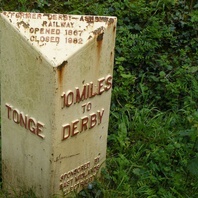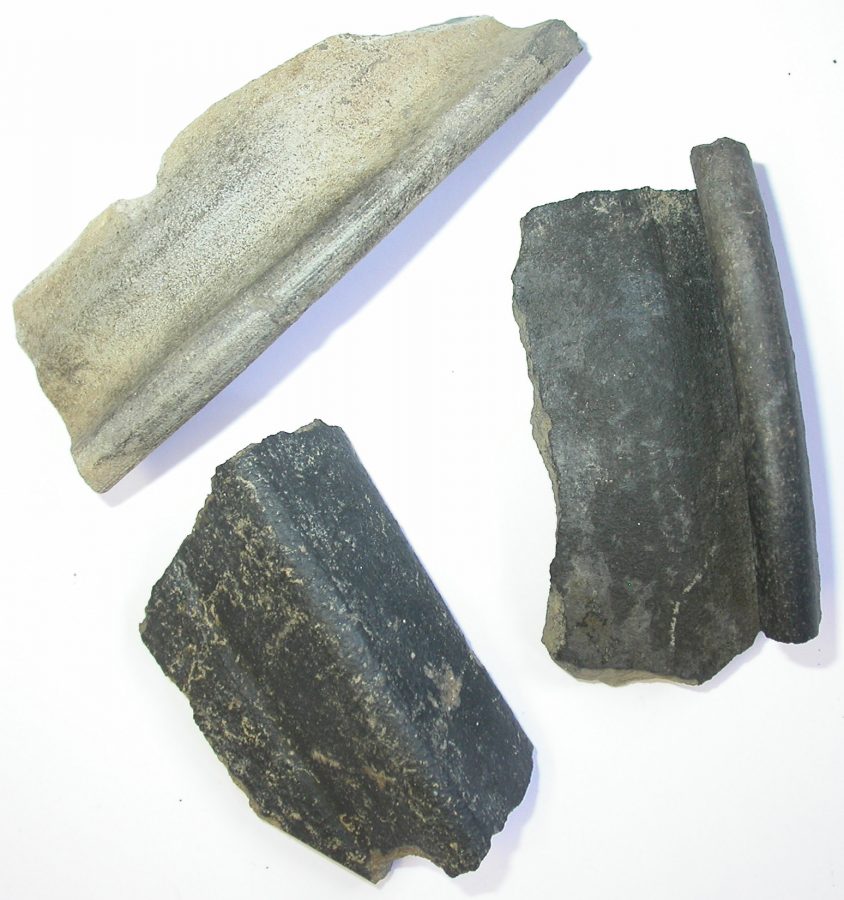
Description
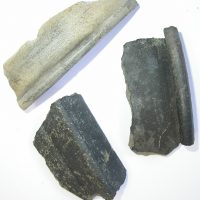
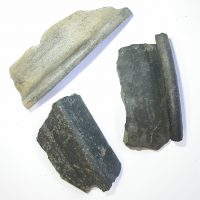
Early Medieval Pottery Fragments (2001-59)
Early medieval pottery from the Magistrates Court site, Derby
These are fragments of a Torksey ware rim, decorated Stamford ware rim, and a Stamford ware pot rim. Torksey ware was a type of pottery found in central England and dating to the period ad 850 to 1150. It was manufactured, initially by immigrant potters from Continental Europe, using a fast wheel at workshops around Torksey, Lincolnshire. While not having the same wide geographic distribution as Stamford ware, the popularity of Torksey ware in York was so high that it was initially thought that York was the original location of manufacture.
Stamford ware is one of the earliest forms of lead-glazed ceramics in England, being produced in Stamford, Lincolnshire, between the ninth and thirteenth centuries and widely traded across Britain and the near continent. Early Stamford glazes were lead glazes, suggested by some to be unique among early English glazes since they contain traces of silver but not tin. The glaze could be of a pale yellow, orange, pale green, or smoke blue colour and was applied by using a brush.
Object Type
- Vessel
Date
- circa 850 — 1150
Ascribed Culture
Original/Reproduction
- Original
Material
Collection
- Viking Objects
Current Location
- Derby Museum and Art Gallery
Keywords
- Anglo-Scandinavian, ceramic, Derby, Derby_Museums, Derbyshire, Magistrates_Court, pottery, Stamford_ware, Torksey_ware
Further information
You can see the original at Derby Museum and Art Gallery.
This object is related to
Derby, Derbyshire.
Find out about Derby, Derbyshire.
Acknowledgements
(c) Derby Museum and Art Gallery
References
Perry, G.J., ‘Pottery production in Anglo-Scandinavian Torksey (Lincolnshire): reconstructing and contextualising the chaîne opératoire’ Medieval Archaeology 60/1 (2016), 72-114.
Simpson, G., ‘Part Four: Section IV The Pottery’. In C. Mahany, A. Burchard and G. Simpson (eds), Excavations in Stamford Lincolnshire 1963-1969. The Society for Medieval Archaeology Monograph Series: No 9. 1982.

